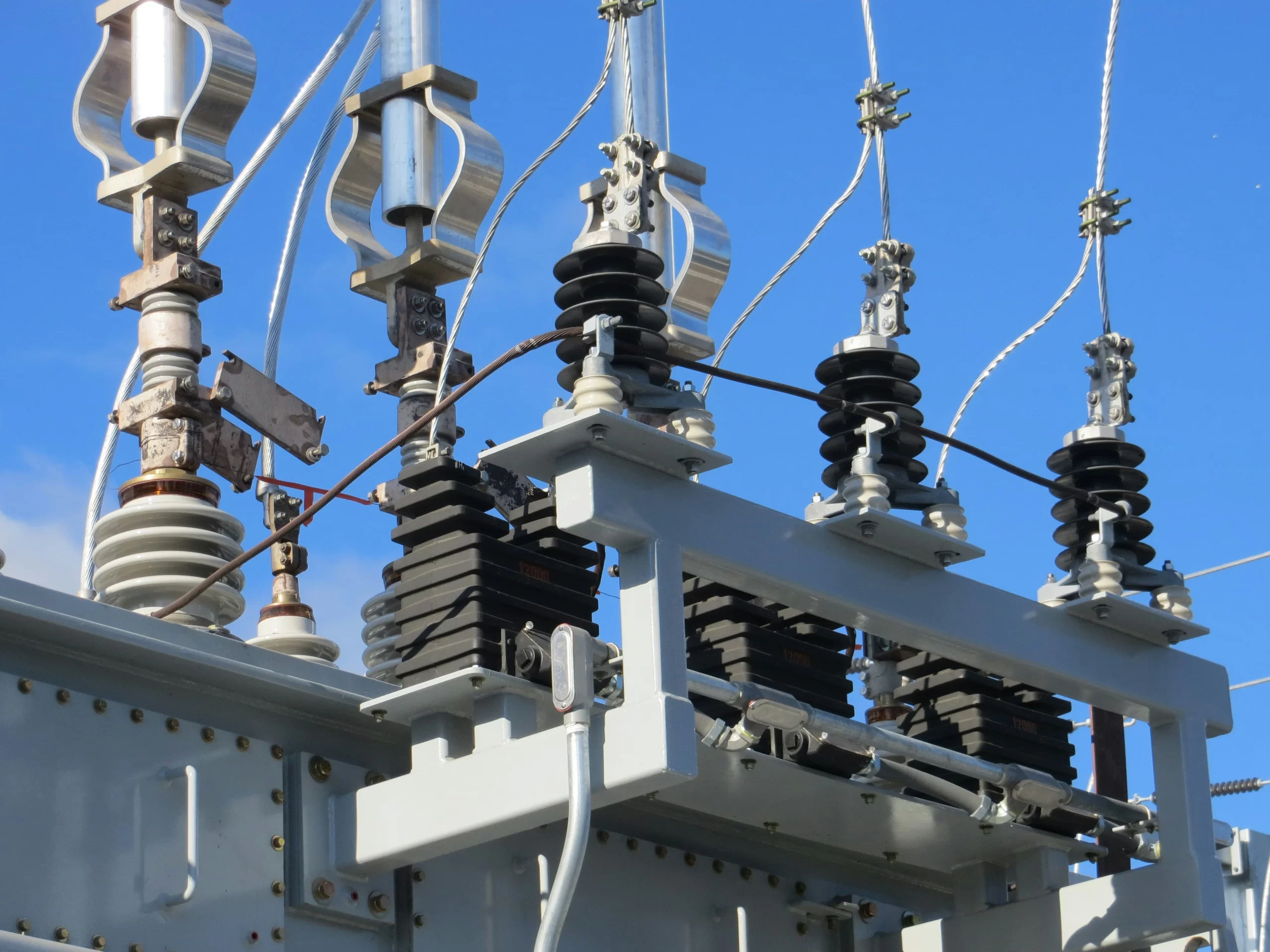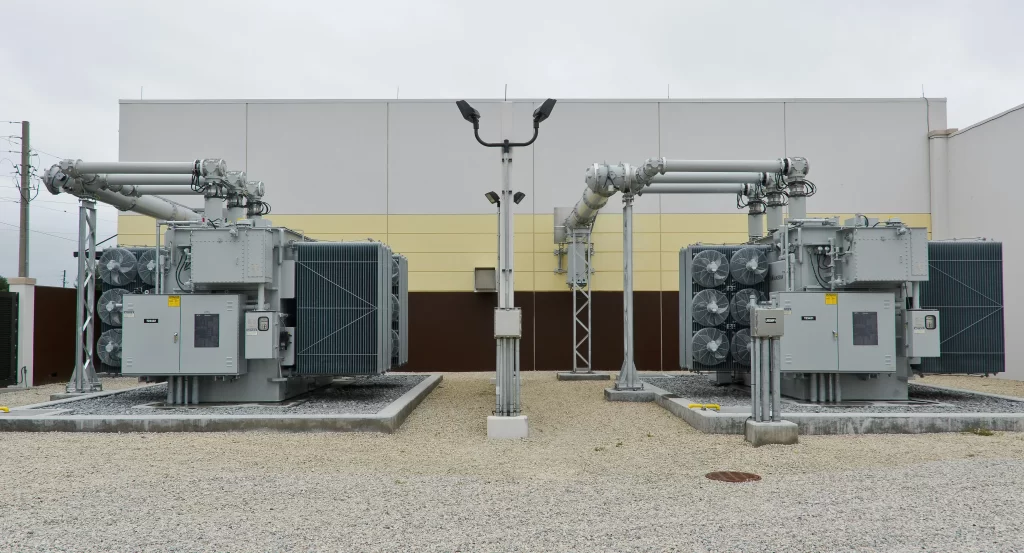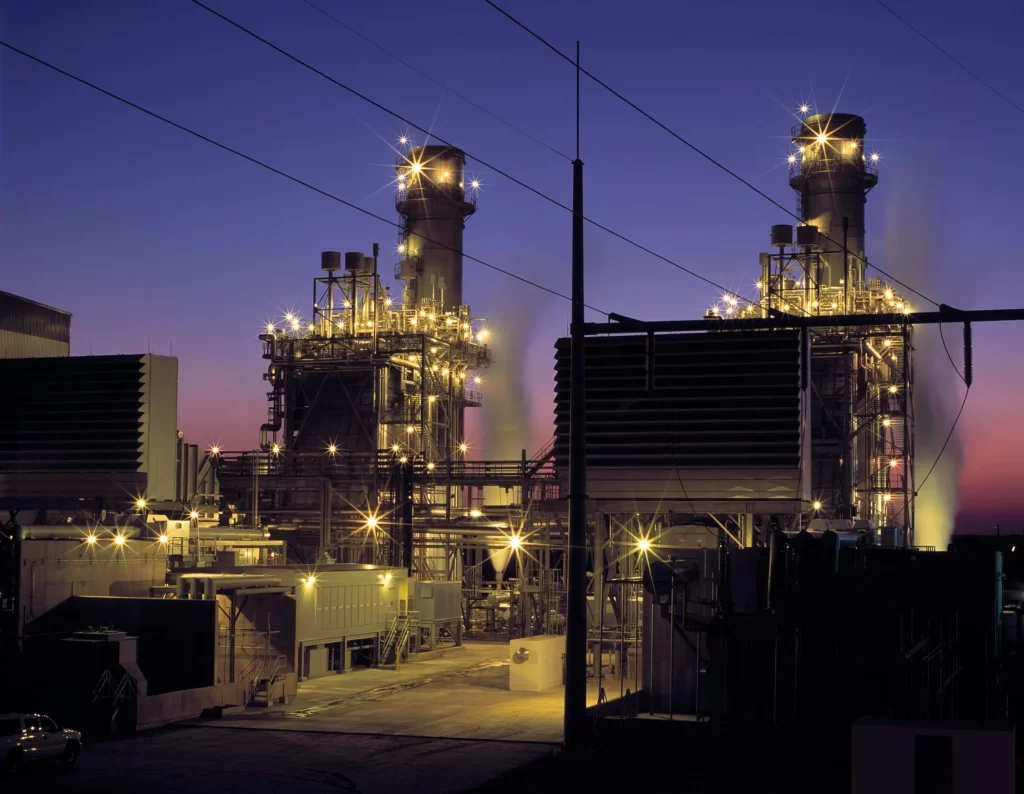- +61 2367 673 892
- info@alifengineering.com
Menu
Effective protection of power systems relies on ensuring that protective devices, such as relays and circuit breakers, function correctly and coordinate seamlessly to isolate faults while minimizing disruption to the overall system. This study focuses on developing reliable and efficient protection schemes tailored to the unique needs of each project, aiming to enhance system stability and safety.


• Protection Scheme Modeling: We model the complete protection system, including relays, circuit breakers, and fuses, to analyze and optimize their performance.
• Time-Current Coordination Studies: We perform detailed time-current coordination studies to ensure selective tripping, where only the necessary device operates to clear a fault, preserving system stability.

By leveraging advanced modeling techniques and thorough coordination studies, we deliver robust protection solutions that ensure system safety, reliability, and minimal downtime.

Alif Engineering delivers reliable power system solutions, ensuring safety, efficiency, and compliance for diverse energy projects.